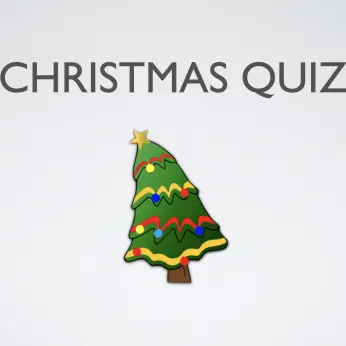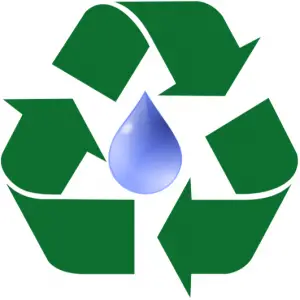ESL Christmas Quiz
Have a fun end to the first term with this ESL Christmas quiz. This quiz is suitable to teens and adults with and Intermediate + level. The ESL Christmas quiz should take at least 35 minutes and is sure to put your students into the christmas mood. The quiz is broken up into 3 rounds. […]
It can be hard to find entertaining activities while teaching the passive voice. This post will look at one interesting way you can get your ESL students to practice the passive
voice in a real and practical way. This activity is especially good at show a practical time when the passive is used in the English language.
This activity is based on the show “How it’s made”. In this show it explains how different things are made giving step by step instructions. Its perfect for the passive and you can find thousands of different items that your students will be familiar with. For this activity I have chosen how Coca Cola is made.
Method
1. Give your students a copy of the handout.
2. Tell your students to look at the images and decide what order they should be in.
3. Show students the video and get them to check if they have the pictures in the correct order.
Stop Video at 3:08 mins.
4. Focus the students on the text prompts below the pictures. Pre teach key vocabulary e.g caps, syrup etc. Elicit from your students how to present passive is formed. (Subject + Verb “to be” in the present tense and the past participle.) Now get the students to write the instructions in the passive form.Teachers answer sheet
ESL Passive Voice Activity
It can be hard to find entertaining activities while teaching the passive voice. This post will look at one interesting way you can get your ESL students to practice the passive voice in a real and practical way. This activity is especially good at show a practical time when the passive is used in the […]
Cambridge Flyers speaking test
If, like me you are preparing young learners for the Cambridge flyers speaking test you may have faced the problem of lack of practice materials for the exam. Cambridge offers very few free samples and this material can be quickly used in class. Because of this, I decided to create some of my own materials […]
Can’t see the video? click here
“The Story” is a simple ESL warmer that can be used to get students talking and get them to tell a story. This is a great way to introduce storytelling, practice past tenses, questions forming or just practice speaking.Method
1. Draw a picture of a person on the board. Get students to give the character a name.
2. Elicit more information from the students. Where is the character from, what job do they do etc. Keep adding more information to the character while getting the students to give you as much information as possible.
3. At the end get students to write or retell their story.
ESL The Story
Can’t see the video? click here “The Story” is a simple ESL warmer that can be used to get students talking and get them to tell a story. This is a great way to introduce storytelling, practice past tenses, questions forming or just practice speaking. Method 1. Draw a picture of a person on the board. […]
This post looks at ESL environment lesson plan ideas to get students talking. Environment and pollution are themes that come up in many ESL books and are frequently a topic of conversation in many English exams too. This post looks at some ways of introducing the topic in a more entertaining way and is a great way to get students speaking about the topic.
Water Facts
Method
1. Get students to read the following questions. Check understanding of vocabulary and get them to predict the answers. On the board write their answers so that you can compare them later.1. How much water does the average European use?
2. How much water is wasted by toilets?
3. How much of human body weight is made up of water?
4. How much water does it take to make a t-shirt?
2. Tell the students that they are going to watch a video. They should watch the video and answer the four questions. If the students are from Europe like mine, pre-teach “gallons” and explain that 1 gallon is equal to almost 4 litres (3.78541 to be exact!)
3. After the they have seen the video get the students to compare their answers with a partner and if necessary watch the video again.
4. Check that their answers are correct. Then get them to convert the amounts into litres (if that is what they are used to) Now compare their answers to what they thought before watching the video. Get them to give their opinion on what they have discovered. Are they surprised? etc.
5. Next, ask students “How can we save water?”. Write a list of suggestions on the board. After, show the students the the video below and get them to check which of their tips were mentioned.
Why not get students to start their own water conservation campaign in class? Get your students to create “Water Facts” posters and “solution” posters.
Find 100+ water conservation tips here. Get students to research and create a list that they could do easily.
Send in your student’s creations to [email protected].
ESL Environment Lesson
This post looks at ESL environment lesson plan ideas to get students talking. Environment and pollution are themes that come up in many ESL books and are frequently a topic of conversation in many English exams too. This post looks at some ways of introducing the topic in a more entertaining way and is a […]



